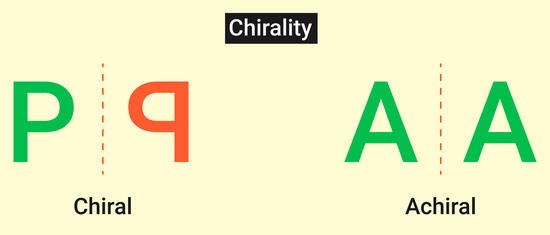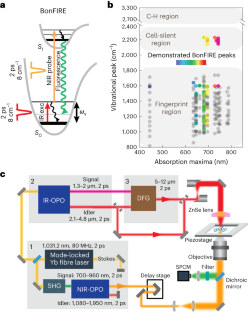2023-06-29 カリフォルニア大学リバーサイド校(UCR)

(Jonas Reuel/iStock/Getty Images Plus)
◆この研究結果は、光学効果や偽造防止技術に応用可能であり、がんやウイルス感染などの疾患検出にも役立つ可能性があります。さらに、この技術はキラリティを瞬時に調整することができます。
<関連情報>
- https://news.ucr.edu/articles/2023/06/29/chemists-develop-new-method-create-chiral-structures
- https://www.science.org/doi/10.1126/science.adg2657
キラル超構造への磁気アセンブリーアプローチ A magnetic assembly approach to chiral superstructures
Zhiwei Li,Qingsong Fan,Zuyang Ye,Chaolumen Wu,Zhongxiang Wang,Yadong Yin
Science Published:29 Jun 2023
DOI:https://doi.org/10.1126/science.adg2657
Editor’s summary
The assembly of particles into chiral superstructures is usually directed with chiral templates such as DNA, which bind the particles, or by using lithographic methods. Li et al. showed that applying the chiral quadrupole field generated by permanent magnets to dispersed magnetic nanoparticles creates long-range chiral superstructures that adopt the field chirality. The tunability of the field enables control over the superstructure handedness, chirality, and pitch. Hybrid particles composed of gold nanorods and magnetite displayed tunable circular dichroism and optical rotary dispersion signals. —Phil Szuromi
Abstract
Colloidal assembly into chiral superstructures is usually accomplished with templating or lithographic patterning methods that are only applicable to materials with specific compositions and morphologies over narrow size ranges. Here, chiral superstructures can be rapidly formed by magnetically assembling materials of any chemical compositions at all scales, from molecules to nano- and microstructures. We show that a quadrupole field chirality is generated by permanent magnets caused by consistent field rotation in space. Applying the chiral field to magnetic nanoparticles produces long-range chiral superstructures controlled by field strength at the samples and orientation of the magnets. Transferring the chirality to any achiral molecules is enabled by incorporating guest molecules such as metals, polymers, oxides, semiconductors, dyes, and fluorophores into the magnetic nanostructures.



